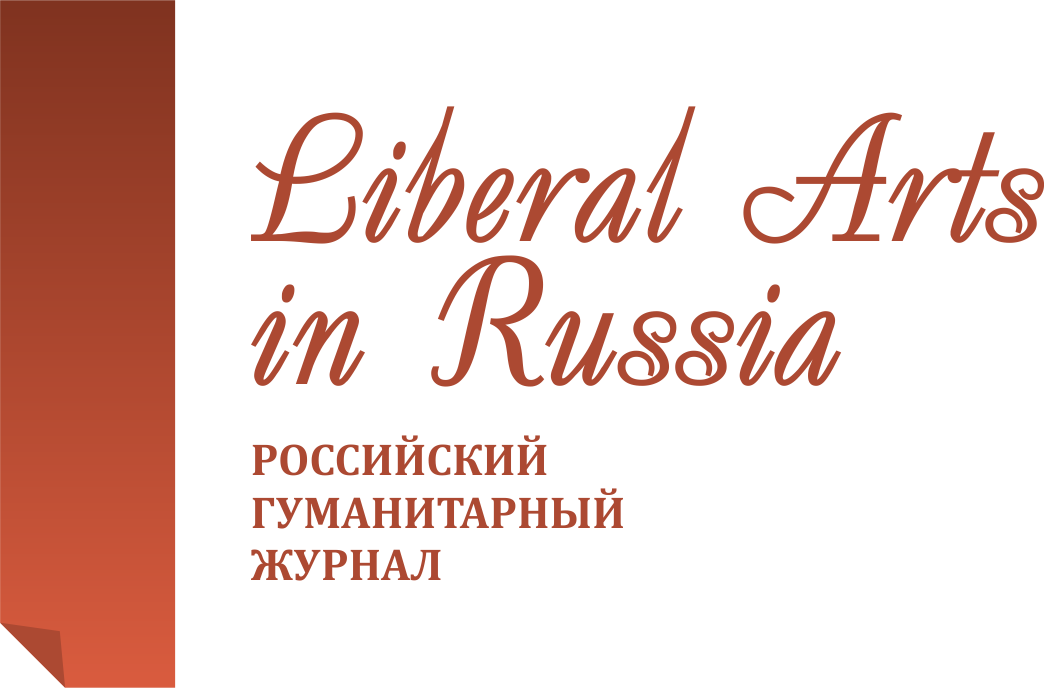On specific character of Austrian national code in literature and music: origins of game-like nature
Liberal Arts in Russia. 2016. Vol. 5. No. 1. Pp. 36-43.
Get the full text (Russian) Email: jzvetkow@mail.ruAbstract
In the article the mutual influence of folk theatre, Austrian Singspiel and Viennese opera in the genres of comic opera, operetta and drama performances involving music, singing and dancing is studied. The powerful influence of Italian and French opera schools, as well as the Italian Commedia Dell'arte led to the flourishing of music and theatre art in Austria: opera buffa (A. Salieri, Ch. W. Glück, J. Haydn, W. A. Mozart), fairy-tale comedies of F. Raimund and satirical dramas of Nestroy. Their game-like nature finds its expression in musical turns, satirical songs and duets. Viennese dance operetta has absorbed the traditions of Viennese popular comedy and comic opera. Recitative, vocal music and folk dances were the key elements of operettas (J. Strauss junior, F. von Suppe, K. Millöcker, K. Zeller, F. Lehar). The music and the game in Austria are the results of theatralization of life: the life turns into something like art. Austrian culture, which is addressed directly to the human being and short of complex philosophical musings and speculative schemes, has genetically built-in playful, musical and theatrical basis, as well as German. Strongly-pronounced playful and musical source as an important national component of the culture, its code, determine its highly fictitious character (staginess) and integrity (both genre and intermediately), thereby maintain its special status in the European culture.
Keywords
- • synthesis of arts
- • game
- • Singspiel
- • opera buffa
- • comic opera
- • fairy-tale comedy
- • satirical drama with singing
- • operetta
- • game within a game
- • mask-like character
References
- Gabsburgi: Biografii. Gerby. Genealogicheskie dreva [The Habsburgs: Biography. Coat of arms. Family tree]. Moscow: Grafika Veneta, 2012.
- Rytsarev S. A. Kristof Villibal'd Glyuk [Christoph Willibald Gluck]. Moscow: Muzyka, 1987.
- Nechaev S. Yu. Sal'eri [Salieri]. Moscow: Molodaya gvardiya, 2014.
- Brion M. Povsednevnaya zhizn' Veny vo vremena Motsarta i Shuberta [Everyday life of Vienna in the time of Mozart and Schubert]. Moscow: Molodaya gvardiya, 2009.
- Kirillina L. V. Pasynok istorii. Muzykal'naya Akademiya. 2000. No. 3. Pp. 53–73.
- Gofmanstal' G. fon. Venskoe pis'mo. Izbrannoe. Moscow: Iskusstvo, 1985. Pp. 726–733.
- Slobodkin G. S. Venskaya komediya XIX veka [Vienna comedy of the 19th century]. Moscow: Iskusstvo, 1985.
- Müller-Kampel B. Komik in der österreichischen Literatur. Berlin: Erich Schmidt, 1996. Pp. 33–55.
- Gofmanstal' G. fon. Ferdinand Raimund. Izbrannoe. Pp. 655–661.
- Hein J. Ferdinand Raimund. Stuttgart: Metzler, 1970.
- Gofmanstal' G. fon. Iz stat'i «Komediya». Izbrannoe. Pp. 740–741.
- Basil O. Johann Nestroy. Reinbek: Rowohlt, 1996.
- Hanslick E. Johann Strauß. Die Wiener Moderne: Literatur, Kunst und Musik zwischen 1890 und 1910. Stuttgart: Reclam, 1995. Pp. 578–585.
- Zusman V. G. Dialog kul'tur – kul'tura dialoga. Moscow: RGGU, 2002. Pp. 318–329.
- Meilikh E. I. Iogann Shtraus: iz istorii venskogo val'sa [Johann Strauss: from the history of the Viennese waltz]. Leningrad: Muzyka, 1975.
- Nietzsche F. Stikhotvoreniya. Filosofskaya proza. Saint Petersburg: Khudozhestvennaya literatura, 1993. Pp. 130–249.
